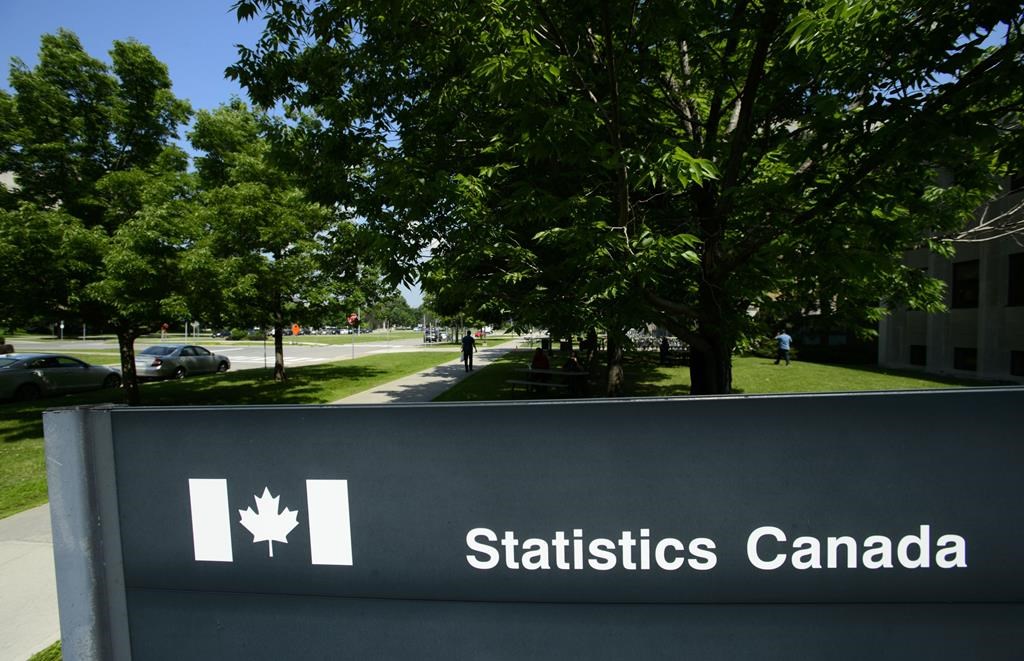More Canadians living alone, incomes up due to pandemic supports: 2021 census data

Posted Jul 13, 2022 5:30 am.
Last Updated Jul 13, 2022 7:23 am.
Canada’s latest tranche of census data show more people are living alone than ever before, but the number of households where roommates live together or multiple generations of a family share a home is rapidly rising.
Statistics Canada says 4.4 million people lived alone in 2021, up from 1.7 million in 1981. Roughly 15 per cent of all adults aged 15 and older lived alone in 2021, the highest share on record.
However, the number of homes shared by roommates increased by 54 per cent between 2001 and 2021, the fastest growth of any household type.
The #2021Census took a snapshot of Canada’s 8.6 million couples: in 2021, 57% of adults aged 15 and older were part of a couple, similar to the proportion observed 100 years earlier (58%), in 1921. For more info on couples in Canada: https://t.co/LcGto279RA. pic.twitter.com/wgBolXguba
— Statistics Canada (@StatCan_eng) July 13, 2022
Sharing homes with roommates was more common in downtown regions of large urban centres, especially in cities where large post-secondary institutions were located.
The census also found that the number of homes being shared by multiple generations of a family, two or more families living together or one family living with people they may or may not be related to grew by 45 per cent over the last 20 years.
These households amounted to almost one million in 2021, making up seven per cent of Canada’s homes.
Canadian incomes increased due to CERB, pandemic supports
Canadian incomes trended higher in 2020 everywhere except in Alberta and Newfoundland and Labrador, as millions benefited from pandemic supports.
The agency reports that median after-tax household income was $73,000 in 2020, up 9.8 per cent compared to its last national survey five years earlier, partly driven by the losses of lower-paying jobs.
Despite fewer Canadians receiving employment income during the pandemic, census data suggest job losses were partly offset by COVID-19 benefits as about two-thirds of Canadian adults received payments from relief programs.
The number of Canadians earning less than $20,000 grew by more than 415,000 as many lower-paid jobs disappeared.
But the low-income rate fell overall and the number of Canadians who reported no income shrank by nearly a million compared to 2019.
Experts had cautioned that the income data, which is based on Canada Revenue Agency tax and benefits records, would form a complicated picture of the early pandemic and should be seen as a snapshot in time.








